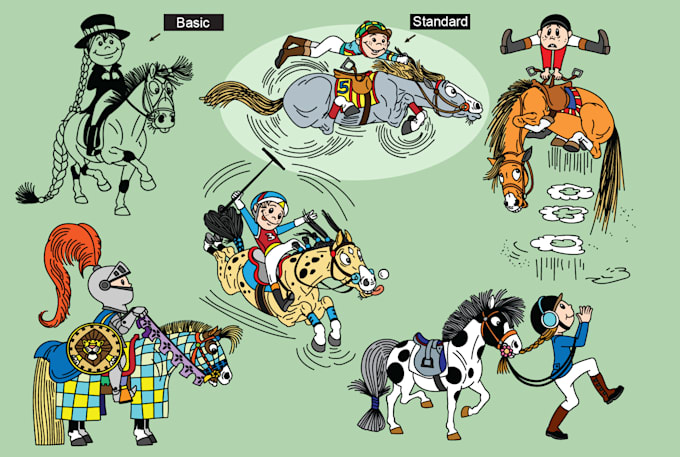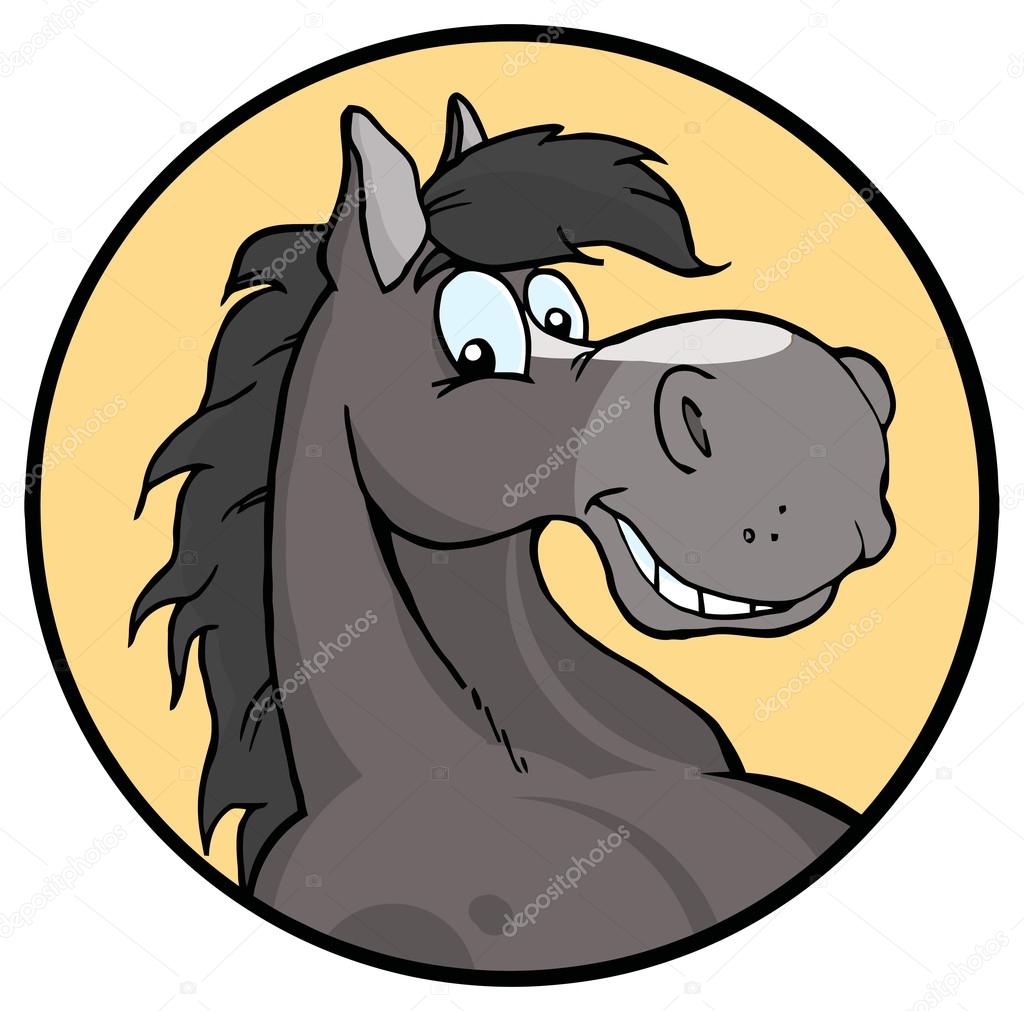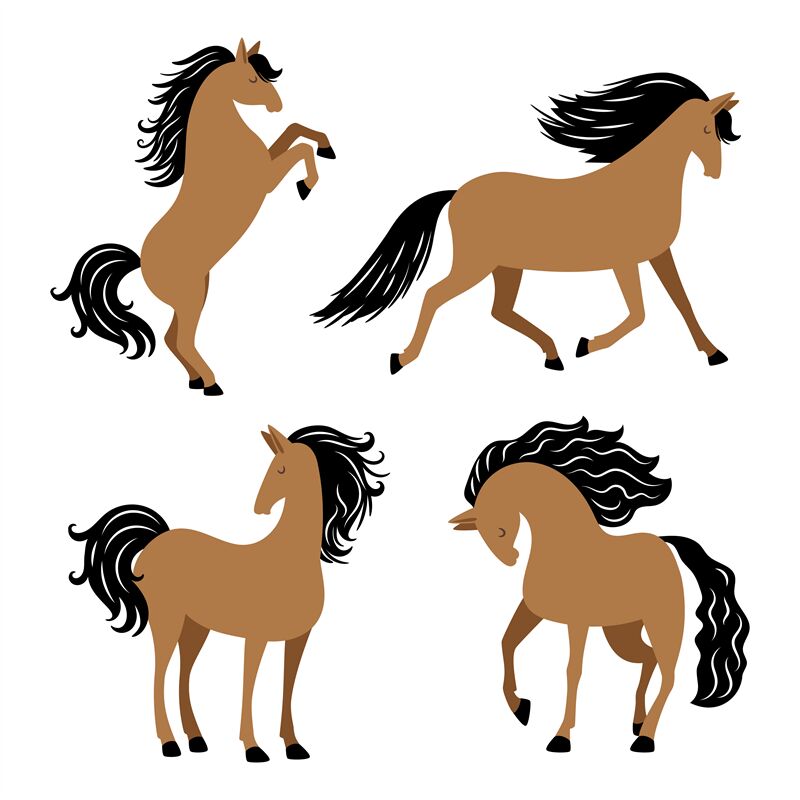Animated Horse Characters and Their Appeal

Animated horse characters have captivated audiences for decades, blending the majestic qualities of horses with the imaginative freedom of animation. This article explores why these characters are so beloved, their unique traits, and how they continue to enchant viewers across generations.
Why Animated Horse Characters Are Popular

| Aspect | Explanation |
|---|---|
| Relatability | Horses are often seen as noble, loyal, and strong, traits that resonate deeply with audiences. |
| Visual Appeal | Their graceful movements and expressive eyes translate beautifully into animation. |
| Symbolism | Horses symbolize freedom, adventure, and spirit, themes that are universally appealing. |
| Versatility | They can be portrayed in various genres, from fantasy to realistic stories. |
Iconic Animated Horse Characters
- Spirit from Spirit: Stallion of the Cimarron – Embodies freedom and resilience.
- Maximus from Tangled – Combines humor with a strong sense of duty.
- Bullseye from Toy Story – Represents loyalty and friendship.
- Philippe from Beauty and the Beast – A gentle and reliable companion.
The Appeal Factors
Emotional Connection
Animated horses often display human-like emotions, making it easier for viewers to empathize with them. Their stories frequently involve themes of friendship, courage, and overcoming adversity.
Artistic Expression
Animators use horses to showcase fluid motion and dynamic action scenes. The challenge of animating realistic horse movements pushes creative boundaries, resulting in visually stunning sequences.
Cultural Impact
Horses have a rich history in mythology and folklore, which animation taps into to create deeper narratives and symbolic meanings.
Frequently Asked Questions (FAQ)
Q1: What makes animated horses different from real horses in storytelling?
A1: Animated horses can express exaggerated emotions and perform actions beyond real-world limitations, enhancing storytelling and audience engagement.
Q2: Are animated horse characters only popular with children?
A2: No, their appeal spans all ages due to universal themes like freedom, loyalty, and adventure.
Q3: How do animators create realistic horse movements?
A3: Animators study real horse anatomy and movement, often using motion capture and reference videos to achieve authenticity.
Conclusion
Animated horse characters continue to charm audiences by combining the beauty and spirit of real horses with the limitless possibilities of animation. Their enduring appeal lies in their ability to connect emotionally, inspire imagination, and symbolize timeless values.
Would you like me to enhance the slide content with more examples of animated horse characters, or perhaps add a section on the history of horses in animation?
